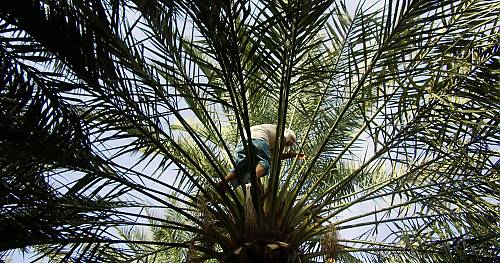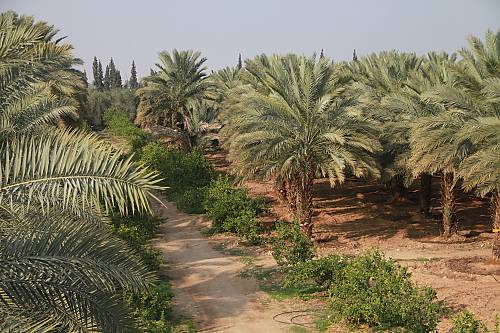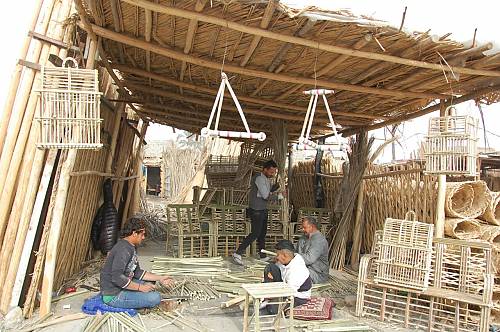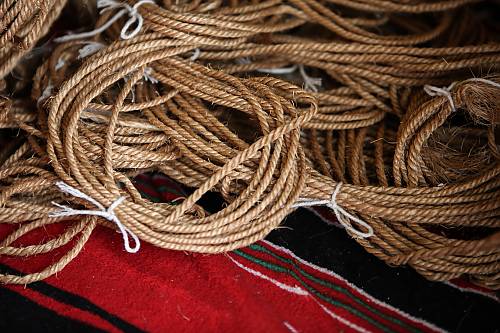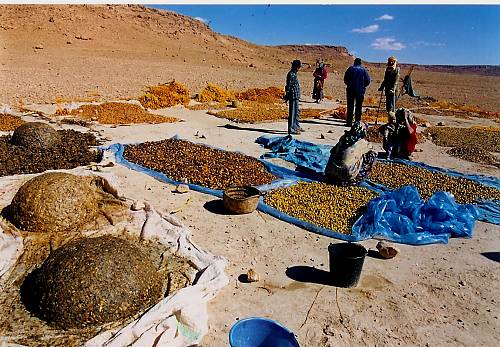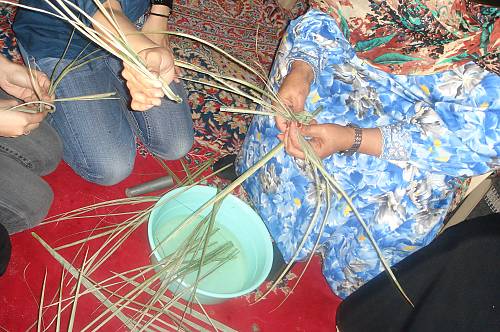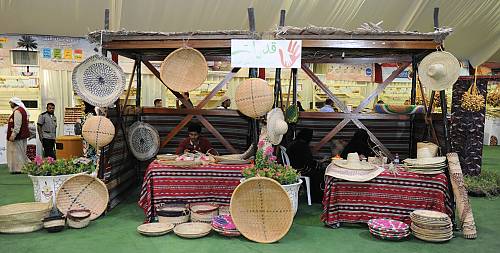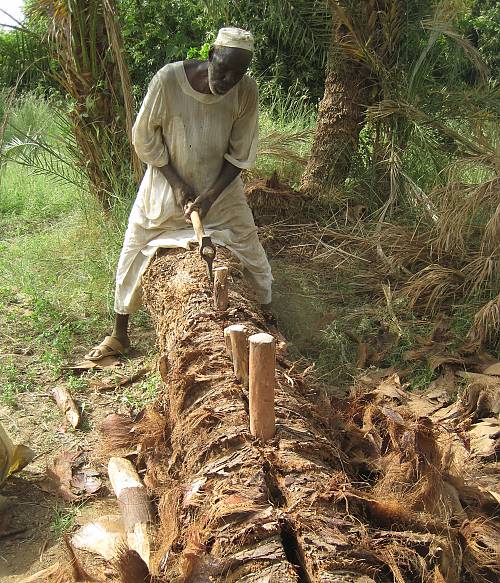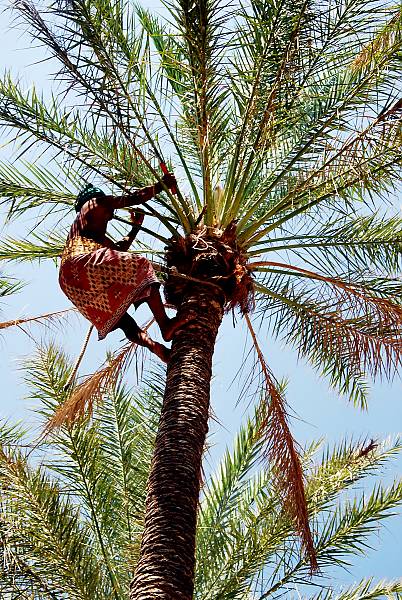Date palm, knowledge, skills, traditions and practices
United Arab Emirates Bahrain Egypt Iraq Jordan Kuwait Mauritania Morocco Oman State of Palestine Qatar Saudi Arabia Sudan Tunisia Yemen
Inscribed in 2022 (17.COM) on the Representative List of the Intangible Cultural Heritage of Humanity

Typically found in deserts and dry, temperate climates, the date palm is an evergreen plant with roots that deeply penetrate the earth in search of humidity. Date palms grow in oases in desert areas with suitable water levels for irrigation. For centuries, many populations have been associated with the date palm tree, which has aided them in the construction of their civilizations in arid regions. The ancient historical relationship between the Arab region and date palms has enabled a rich cultural heritage that has been passed on through generations. Today, the communities, groups and individuals in the areas where the date palm has spread still maintain the related practices, knowledge and skills. These include caring for and cultivating the date palm tree and using its parts (leaves, fronds and fibres) for traditional crafts and social rituals. The date palm is also referenced in poetry and songs, among others. It has been associated with the region for centuries, constituting a key source of nutrition in addition to the associated crafts, professions and traditions. Due to its longstanding significance, the date palm is widely supported by local communities and various government agencies, leading to a noticeable expansion of its cultivation and increasing regional manufacturing workforces.


